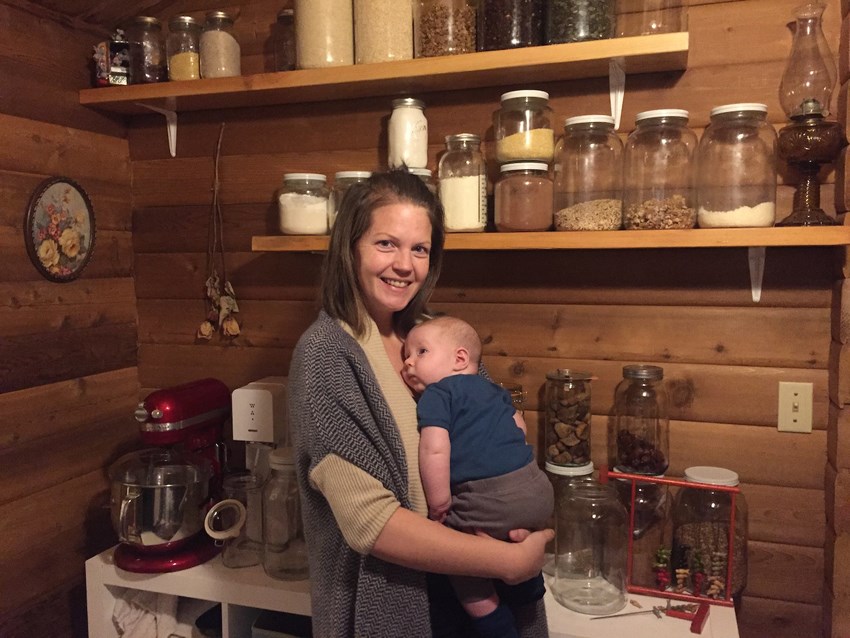“The future of plastics is in the trash can,” predicted Lloyd Stouffer, editor of the Modern Packaging magazine, at a conference of the Society of Plastics Industry in 1956.
A few years later, Stouffer announced that the “happy day” had arrived: the plastics industry was “filling the trash cans, the rubbish dumps and the incinerators with literally billions of plastics bottles, plastics jugs, plastics tubes, blisters and skin packs, plastics bags and films and sheet packages.”
The system isn’t broken. It’s working exactly as it was designed. Small comfort today when plastics are forming continents in the ocean and landfills are overflowing with plastic.
For many of us, plastic most often comes into our lives when we shop for food – wrapped with plastic, on Styrofoam trays and carried home in plastic bags.
Fortunately, this habit is under scrutiny, and many places are banning or restricting such uses. But, there’s a hidden connection between food and plastics that is far more dangerous.
Before fully degrading, plastic breaks down into smaller and smaller pieces, some of which are eaten by fish, birds and other animals.
Plastic is in our waterways and soil; we ingest plastic in our food and the air we breathe.
Bowen residents Harmony Shire and Aaron Davison believe we can do something about it. They are committed to raising their two children in a plastics-free home.
When asked what started them on this path, Harmony says that a documentary film opened her eyes to the food industry.
“It’s all about food,” she says, but quickly adds she wasn’t always as conscious of food and plastic packaging. “I was raised on fast food – McDonald’s and packaged Kraft Macaroni. I mean, I made nachos with Kraft slices.”
Later, Harmony read David Suzuki’s comment that when he was born, there was no plastic on the planet.
“It just shifted my whole cerebral cortex. What did we do before plastic? It ignited a passion to find alternative ways of living,” she said.
Removing plastics from your home is not easy. Harmony recommends starting with baby steps. They try to make sure their food doesn’t come with plastic. They buy in bulk using their own containers and don’t put produce into plastic bags.
“If you’re worried about it not being sanitary to lay produce on the counter, think again. It wasn’t sanitary to begin with, and you’re going to wash it anyway.” They store their food in glass containers and can some of their food.
Harmony recommends the book, Plastic Free: How I kicked the plastic habit and how you can too for learning more about recycling and reusing plastics.
But re-use has drawbacks. Plastic sheds small particles and washing plastic bags can cause chemicals to leach into food.
“The real goal,” Harmony says, “is to not use plastic in the first place because eventually it ends up in the soil, the ocean, the air, and in us.”
A first step is remembering to take cloth bags when heading to the store. They’re a good alternative because they biodegrade and won’t be floating around the ocean or clogging up landfills for hundreds of years.
But it’s important to use cloth bags hundreds of times because, as the sign at the Ruddy Potato points out, “they have the highest global-warming manufacturing cost since they require more resources to produce and distribute than plastic or paper.”
Compostable bags might not be the answer either. Bags made of corn and other crops are compostable only under the right conditions. In landfills, the trash is so compacted that there isn’t enough oxygen for composting. As a result, many “compostable” bags contribute to methane in the atmosphere, a greenhouse gas 28-36 more potent than CO2.
And don’t be fooled by labels.
“Biodegradable” bags aren’t regulated and are often plastic with chemicals added to make them break down into tiny plastic particles faster.
To make a difference, we need to drastically reduce our plastics use, significantly increase our reuse and support local efforts to reduce the use of plastic bags and containers.
In addition to acting individually, we can act collectively to urge all levels of governments to take action to stem the plastic tide. At a municipal level, we can ban single-use plastic bags and work together to find other alternatives and solutions.
Now’s the time to do it.



